
Marvel at over 1,000 precisely crafted treasures
Explore the meticulously reconstructed burial chambers
Experience the most complete recreation of Tutankhamun's tomb treasures worldwide
Dive into in the cinematic soundscapes by Hollywood composers Bleeding Fingers

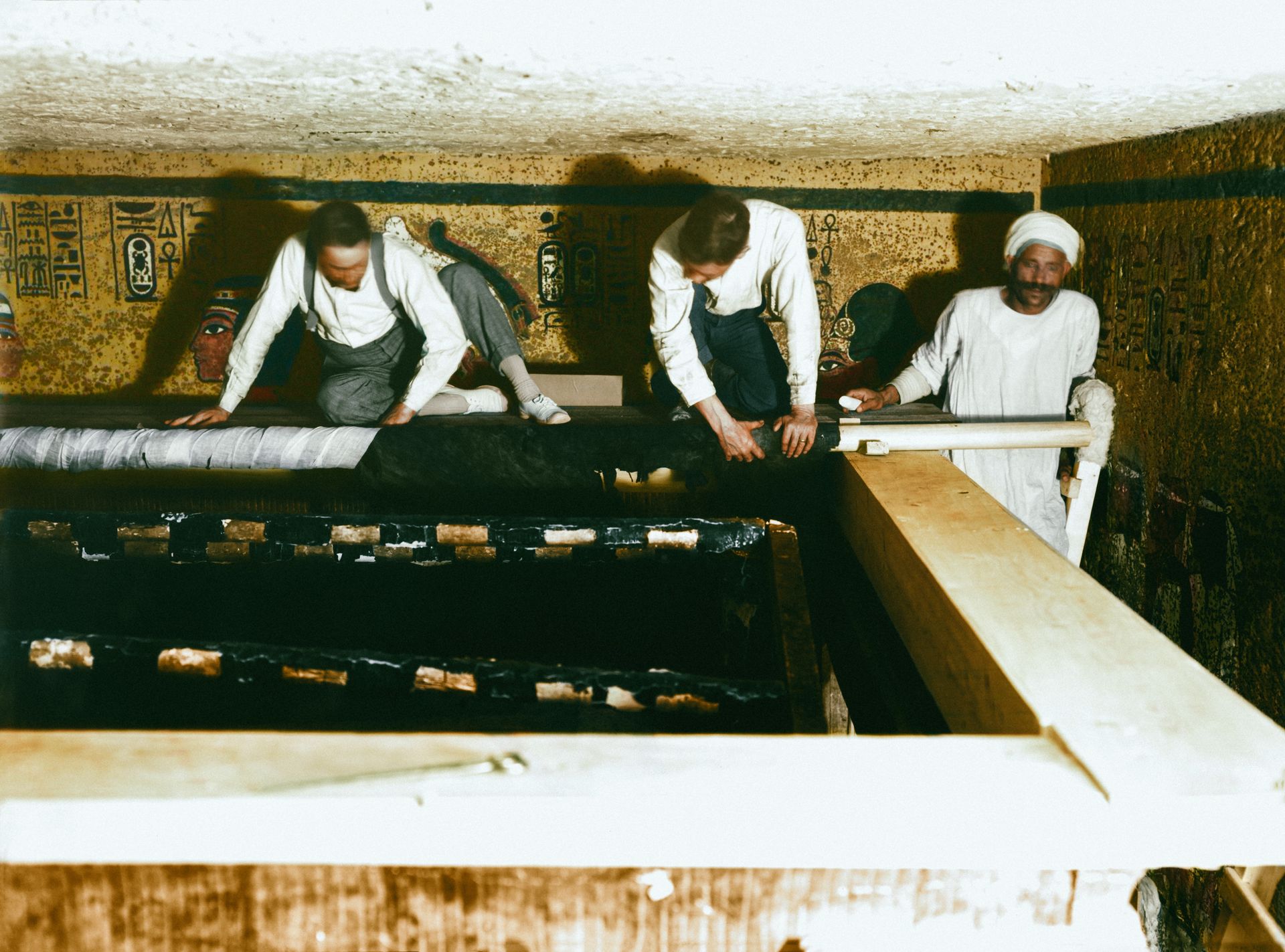
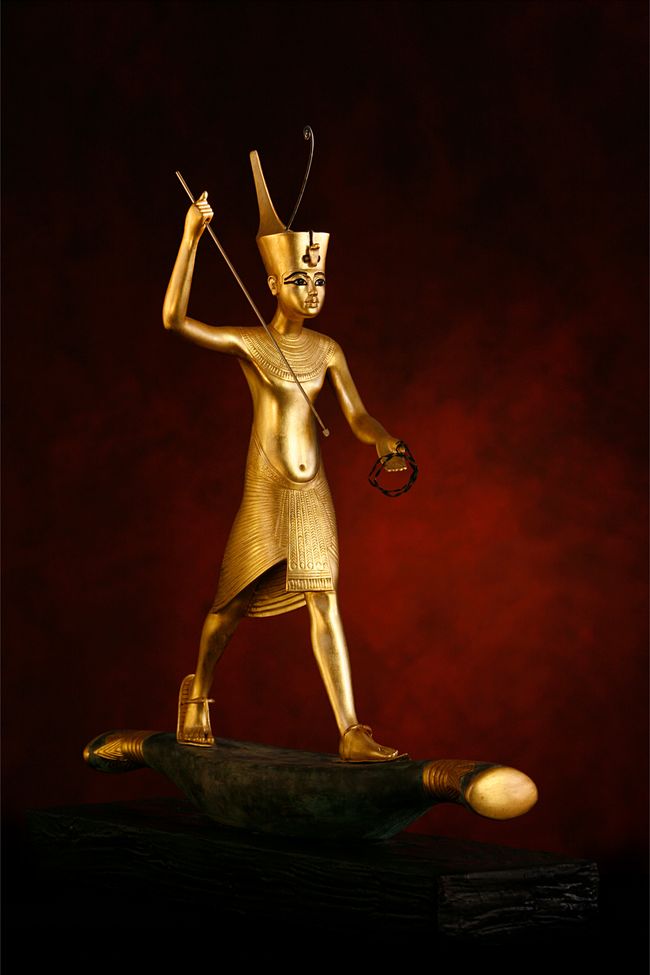
Photo by Anne-Marie von Sarosdy
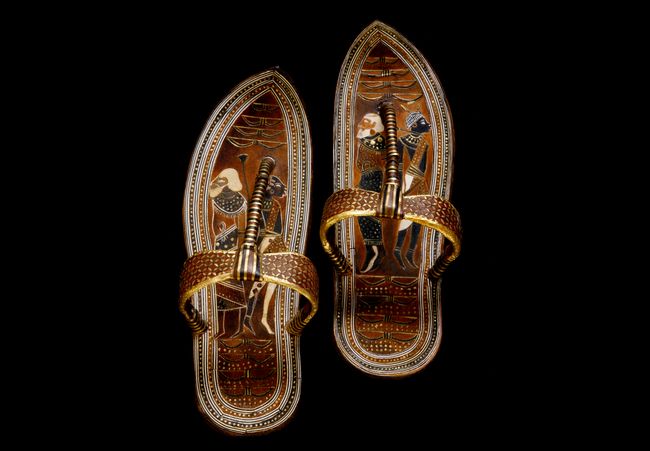
Photo by Anne-Marie von Sarosdy
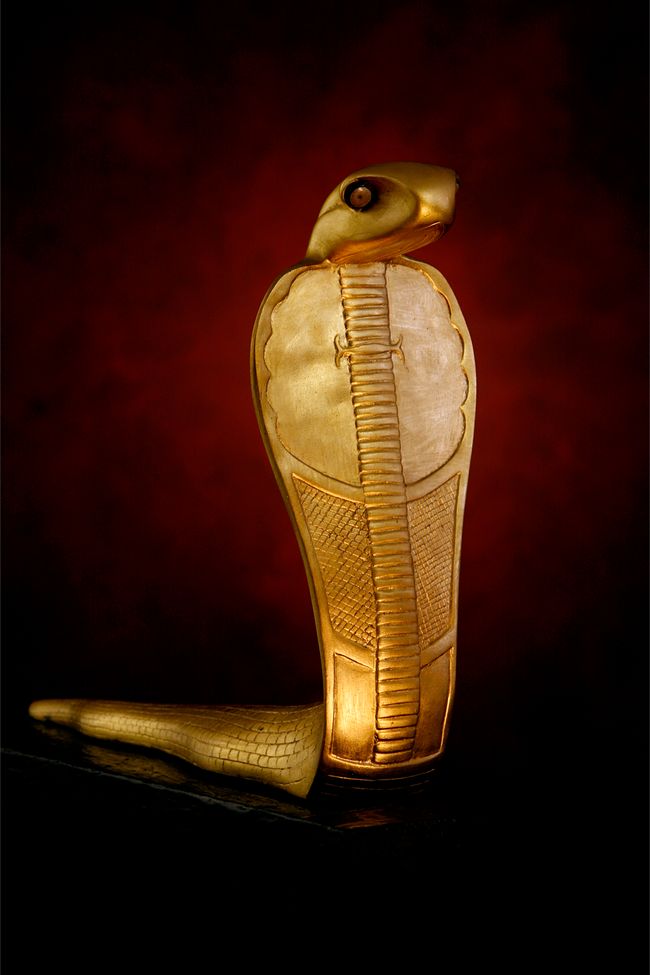
Photo by Anne-Marie von Sarosdy
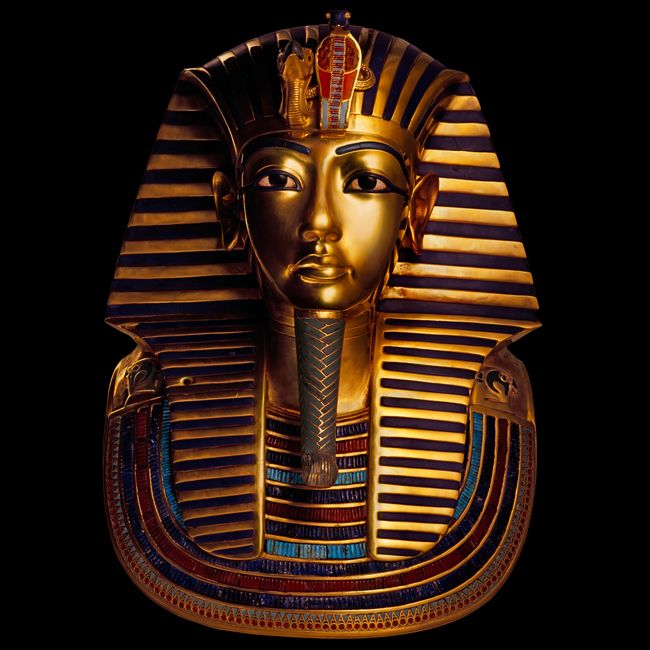
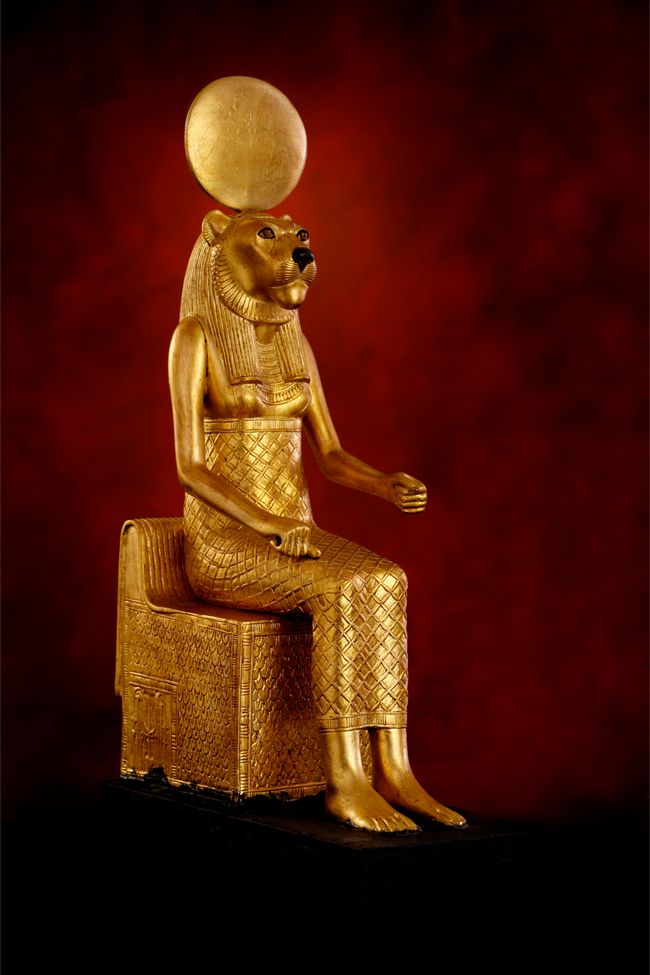
Photo by Anne-Marie von Sarosdy
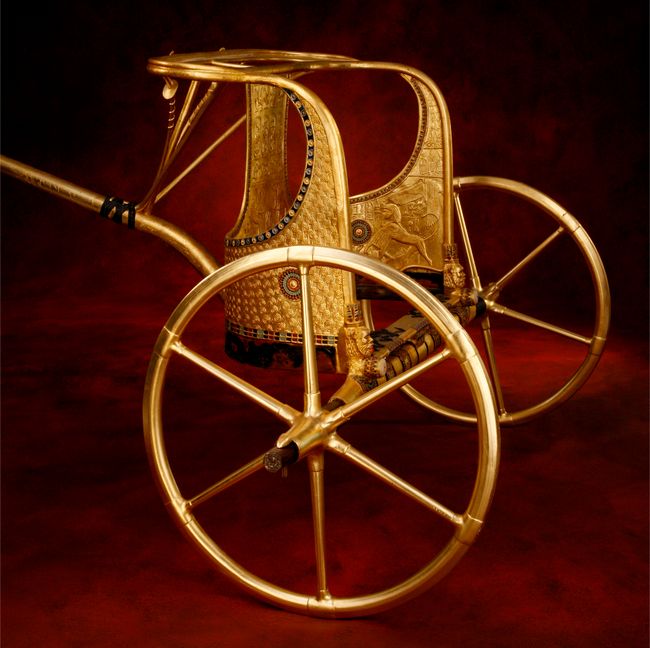
Photo by Anne-Marie von Sarosdy
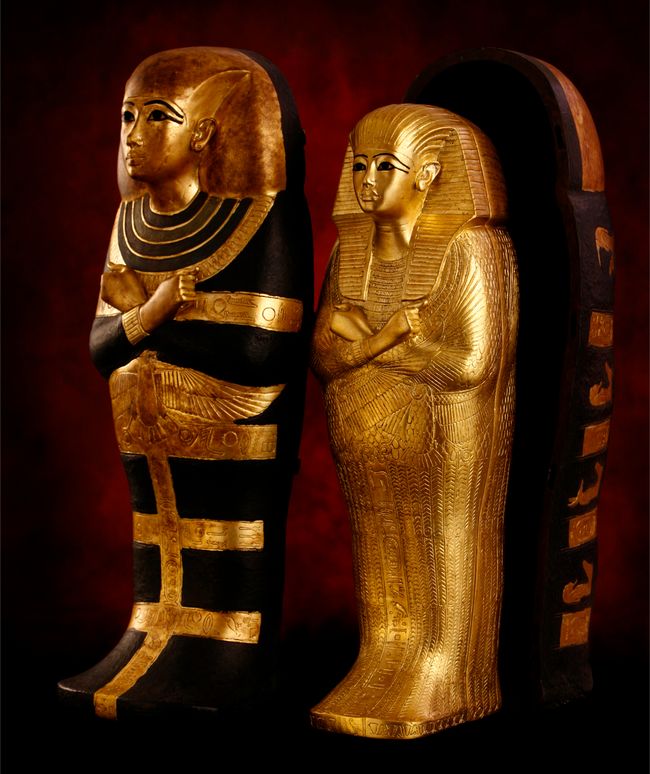
Photo by Anne-Marie von Sarosdy
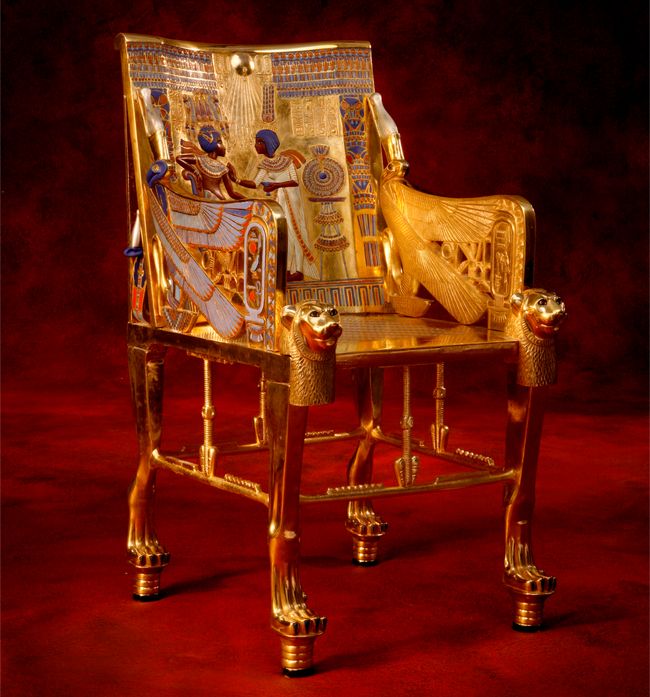
Photo by Anne-Marie von Sarosdy
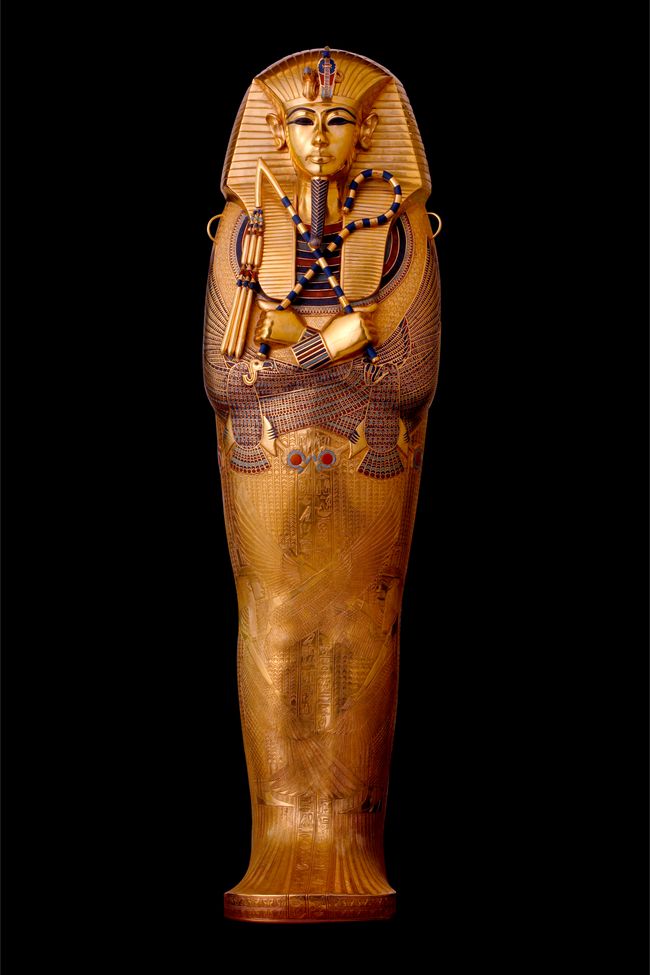
Photo by Anne-Marie von Sarosdy

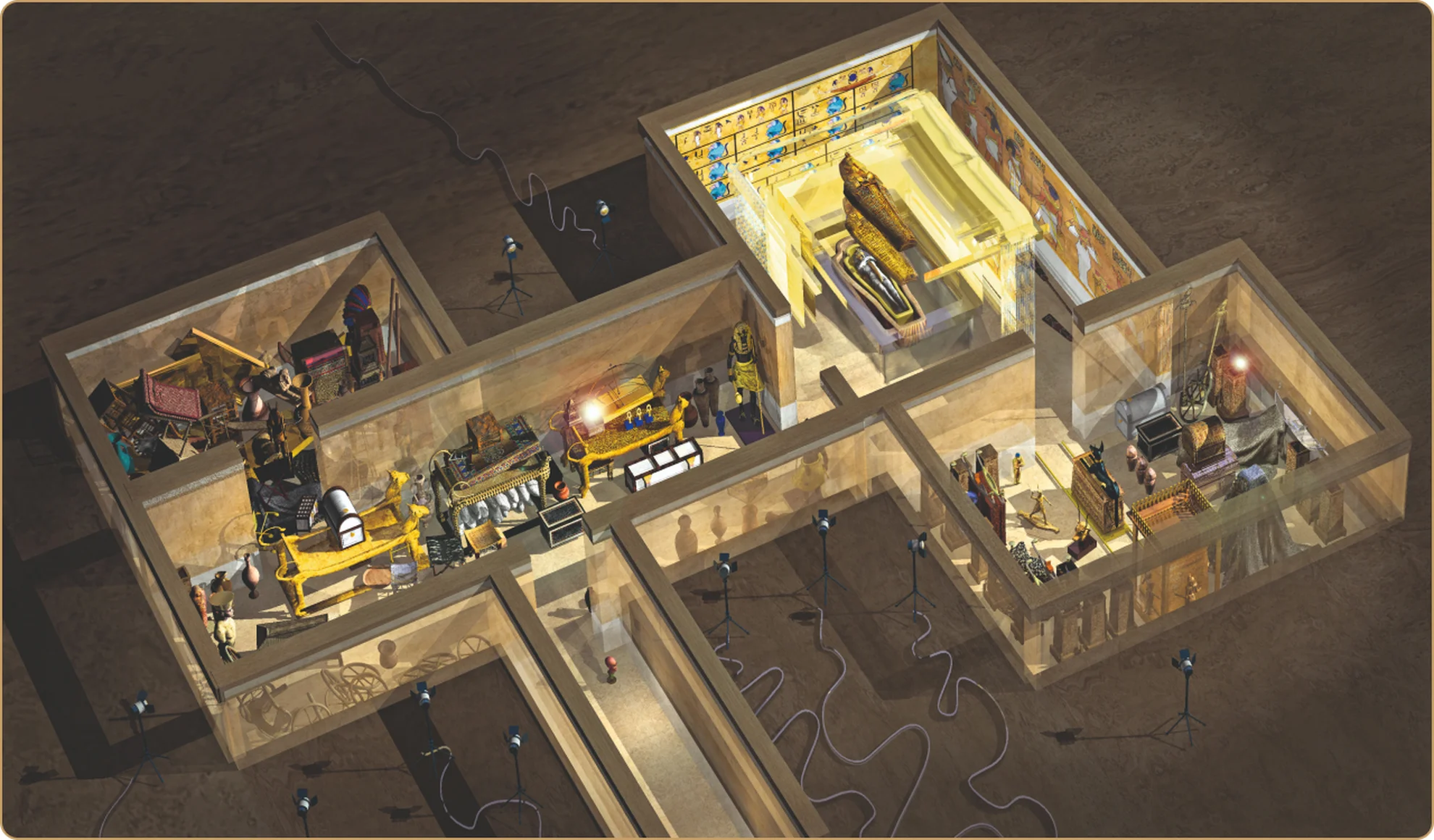
Sixteen steps led down to the first wall blocking the way to this corridor. Once the debris littering the path had been cleared, Howard Carter and Lord Carnarvon opened a second sealed wall here on November 26 1922. Carter saw “wonderful things” and “everywhere the glint of gold”.
The three large beds with unusual animal designs (hippopotamus, cow and lioness) were used during the mummification of the King. The dead ruler was laid on the goddess beds to the accompaniment of various rituals in order to ensure his rebirth and eternal life.
Under the left-hand bed depicting the hippopotamus goddess, Carter found a small, irregular hole, which was in a walled-up entrance leading through to the annex. The hole was made by grave robbers who presumably broke into the tomb shortly after the burial but were disturbed by tomb guards. In this chamber the effects of the robberies were disastrous.
These storage vessels look like antique Tupperware and contain preserved beef and goose meat. The provision of food was one of the most important elements in the Egyptian death cult. Every deceased person had to be regularly supplied with food and drink. Bread, onion, honey, fruits, wine and beer were found in Tutankhamun’s tomb.
Two statues of the King stand guard at the entrance to the burial chamber. Both are exactly as tall as the royal mummy and represent the dead King and his “Ka” (Egyptian for life force). Remnants of similar guardian figures were also found in other Egyptian royal tombs.
Four huge, nested shrines were arranged as protective casings around the King’s sarcophagus. The largest shrine (5 m by 3.20 m) almost entirely filled the burial chamber. Each of the shrines is gilded and decorated with religious texts and images. The innermost coffin is made from solid gold and weighs 110.4 kg! If a regular craftsman had wanted to buy such a coffin, he would have had to pay around 35,000 months’ income for the privilege.
The burial chamber is 6.40 m by 4 m in area and the walls are 3.60 m high. The size of the whole tomb is too small to be a royal tomb and was therefore probably constructed as an “emergency solution” following the sudden death of the young King.
The wall paintings in the burial chamber show how Tutankhamun is lovingly received by the gods after his burial. Hathor, the goddess of the sky, Anubis, the jackal-headed god of embalming, and Osiris, the god of the dead, have assembled to accompany the King to his kingdom in the afterlife.
The Pharaoh’s treasures were kept here. The statue in the middle depicts the Pharaoh hunting. Like the figures behind and in front of it, this statue is really in a shrine. The chests and vessels that stand all about the tomb were primarily filled with jewellery, clothing and statues of gods.
The countless model boats from the tomb were intended to serve Tutankhamun as a means of transport in the underworld. The Egyptians imagined the next world to be much the same as this one: flourishing gardens and fields through which a mighty river flowed. The King had the right ship for every occasion in his tomb, from simple transport boats for carrying food to travelling ships and barques with which the King could accompany the gods in the afterlife.
The Anubis shrine stands in the middle of the treasury, guarding the canopic shrines. The impressive and elegant black jackal lies with alert, pricked-up ears on his golden shrine, which contains jewellery and alabaster bowels. The god Anubis was considered to be the lord of graveyards and the protective deity of embalmers.
For Egyptians, it was essential that the whole body of the deceased be preserved in order for it to live on in the afterlife. During mummification, the internal organs were removed, dried and wrapped in bandages. Tutankhamun’s organs lay in miniature coffins, which were interred in an alabaster shrine. These so-called canopic shrines stood in a gilded wooden shrine, which was decorated with statues of the four goddesses of death.
Sixteen steps led down to the first wall blocking the way to this corridor. Once the debris littering the path had been cleared, Howard Carter and Lord Carnarvon opened a second sealed wall here on November 26 1922. Carter saw “wonderful things” and “everywhere the glint of gold”.
The three large beds with unusual animal designs (hippopotamus, cow and lioness) were used during the mummification of the King. The dead ruler was laid on the goddess beds to the accompaniment of various rituals in order to ensure his rebirth and eternal life.
Under the left-hand bed depicting the hippopotamus goddess, Carter found a small, irregular hole, which was in a walled-up entrance leading through to the annex. The hole was made by grave robbers who presumably broke into the tomb shortly after the burial but were disturbed by tomb guards. In this chamber the effects of the robberies were disastrous.
These storage vessels look like antique Tupperware and contain preserved beef and goose meat. The provision of food was one of the most important elements in the Egyptian death cult. Every deceased person had to be regularly supplied with food and drink. Bread, onion, honey, fruits, wine and beer were found in Tutankhamun’s tomb.
Two statues of the King stand guard at the entrance to the burial chamber. Both are exactly as tall as the royal mummy and represent the dead King and his “Ka” (Egyptian for life force). Remnants of similar guardian figures were also found in other Egyptian royal tombs.
Four huge, nested shrines were arranged as protective casings around the King’s sarcophagus. The largest shrine (5 m by 3.20 m) almost entirely filled the burial chamber. Each of the shrines is gilded and decorated with religious texts and images. The innermost coffin is made from solid gold and weighs 110.4 kg! If a regular craftsman had wanted to buy such a coffin, he would have had to pay around 35,000 months’ income for the privilege.
The burial chamber is 6.40 m by 4 m in area and the walls are 3.60 m high. The size of the whole tomb is too small to be a royal tomb and was therefore probably constructed as an “emergency solution” following the sudden death of the young King.
The wall paintings in the burial chamber show how Tutankhamun is lovingly received by the gods after his burial. Hathor, the goddess of the sky, Anubis, the jackal-headed god of embalming, and Osiris, the god of the dead, have assembled to accompany the King to his kingdom in the afterlife.
The Pharaoh’s treasures were kept here. The statue in the middle depicts the Pharaoh hunting. Like the figures behind and in front of it, this statue is really in a shrine. The chests and vessels that stand all about the tomb were primarily filled with jewellery, clothing and statues of gods.
The countless model boats from the tomb were intended to serve Tutankhamun as a means of transport in the underworld. The Egyptians imagined the next world to be much the same as this one: flourishing gardens and fields through which a mighty river flowed. The King had the right ship for every occasion in his tomb, from simple transport boats for carrying food to travelling ships and barques with which the King could accompany the gods in the afterlife.
The Anubis shrine stands in the middle of the treasury, guarding the canopic shrines. The impressive and elegant black jackal lies with alert, pricked-up ears on his golden shrine, which contains jewellery and alabaster bowels. The god Anubis was considered to be the lord of graveyards and the protective deity of embalmers.
For Egyptians, it was essential that the whole body of the deceased be preserved in order for it to live on in the afterlife. During mummification, the internal organs were removed, dried and wrapped in bandages. Tutankhamun’s organs lay in miniature coffins, which were interred in an alabaster shrine. These so-called canopic shrines stood in a gilded wooden shrine, which was decorated with statues of the four goddesses of death.